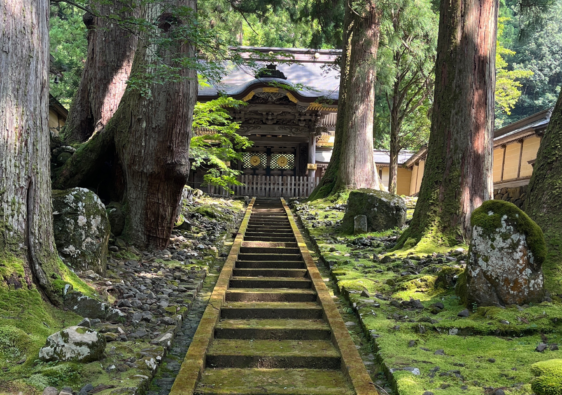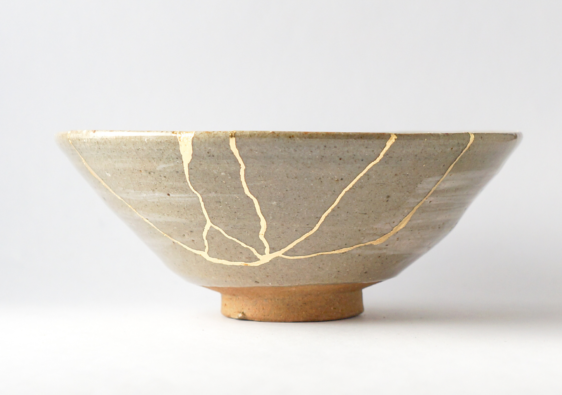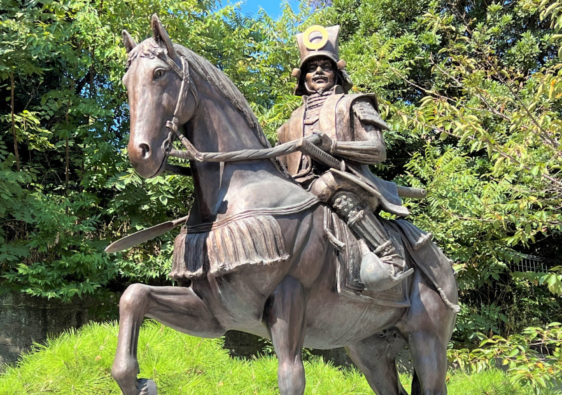In recent years, exploring Japan’s ancient shrines and serene temples has become a must-do experience for travelers from around the world. Beyond their stunning architecture and tranquil settings, these sacred places offer a glimpse into Japan’s mystical traditions and deep-rooted spirituality—a journey that promises wonder, reflection, and a touch of the divine.
Discovering Japan’s Unique Spiritual Culture
Japan’s religious beliefs are a harmonious blend of Shintoism, born in Japan, and Buddhism, which conveyed from India via China. Together, they form the fabric of Japan’s spiritual landscape, intertwining mythologies and traditions that define daily life and seasonal celebrations.
This time, let’s dive into the world of Shinto shrines, the heart of Japan’s spiritual heritage, where gods, nature, and humanity coexist in beautiful harmony.
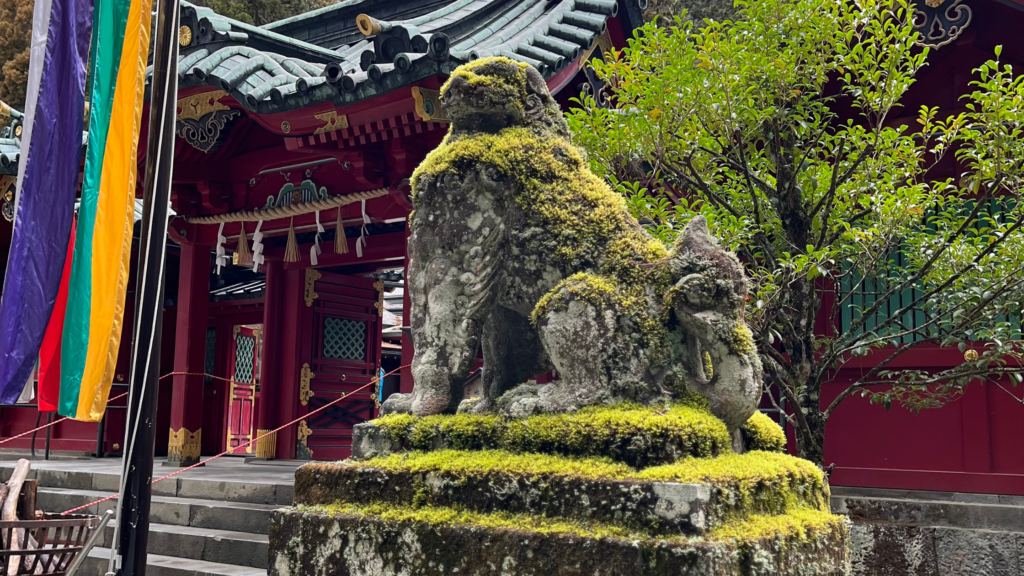
Over 88,000 Shrines Await You—Where to Begin?
Japan is home to an astonishing 88,000 shrines, each with its own story and unique connection to history. Shrines often reflect their importance through their names. Here’s a quick guide to help you decode them:
- Jingu (e.g., Ise Jingu, Meiji Jingu) : The most prestigious shrines, deeply linked to Japan’s Imperial Family.
- Taisha (e.g., Izumo Taisha, Tsubaki Taisha) :The headquarters of affiliated shrines, housing powerful deities.
- Gu (e.g., Toshogu, Tenmangu) :Dedicated to revered historical figures like Shogun and scholars.
Where You’ll Find Shrines—Sacred Sites in Nature
Shinto shrines are often built in places of immense natural energy—atop mountains, nestled deep in forests, or along the shores of rivers and oceans. Some are steeped in mythology, believed to be homes of divine spirits. Take, for instance, Asama Shrines, which surround Mt. Fuji, Japan’s most iconic peak. These shrines were built to honor “Konohanasakuya-hime”, the goddess of Mt. Fuji, and serve as places of prayer to protect against volcanic eruptions.

A Peek Into Shrine Architecture—Simple Yet Profound
Unlike Buddhist temples, which house monks and have living spaces, Shinto shrines are purely places of worship. They are constructed using natural materials such as wood and thatch, blending seamlessly with their surroundings.
One of the best experiences at shrines? Simply breathing in the crisp air, listening to the rustling trees, and feeling a deep sense of calm enveloping you.

10 Must-Visit Shrines for an Unforgettable Experience
From grand shrines in bustling cities to hidden gems tucked away in misty mountains, these shrines will leave you in awe. Here are 10 of my recommended shrines.
- Meiji Jingu Shrine (Tokyo) – A Sacred Escape in the Heart of the City
- Nestled in the vibrant streets of Harajuku, Meiji Jingu is a tranquil oasis hidden within a lush forest of over 70 hectares. Dedicated to Emperor Meiji and Empress Shoken, this sacred haven offers visitors a moment of serenity, worlds away from Tokyo’s bustling energy.
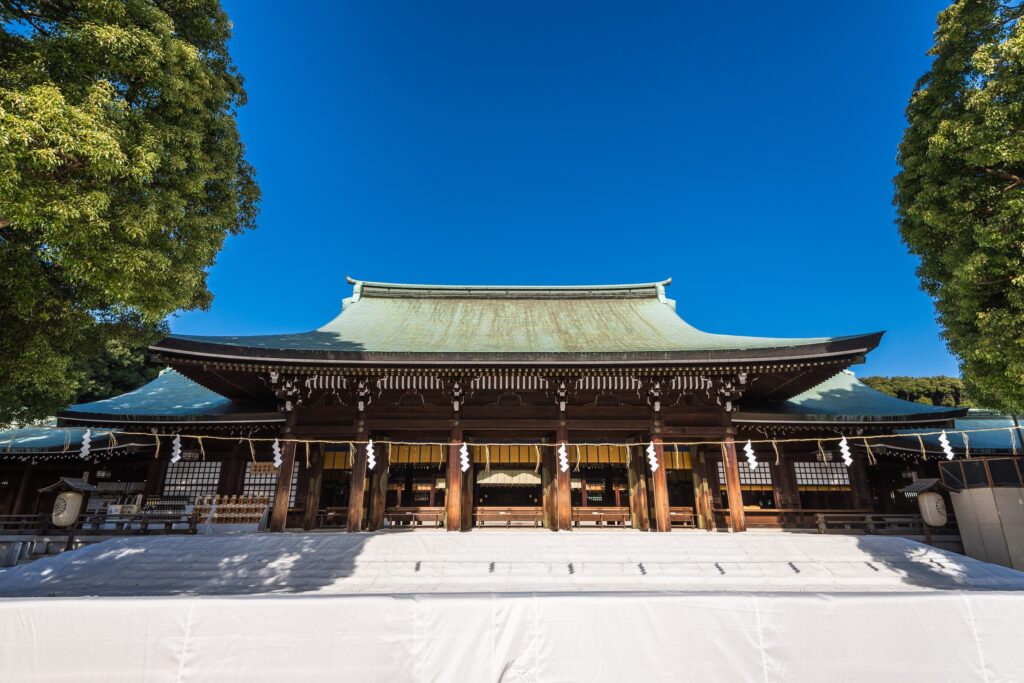
- Ise Jingu (Mie) – The Soul of Shintoism
- Often called the most sacred shrine in Japan, Ise Jingu enshrines Amaterasu, the sun goddess and ancestral deity of Japan’s Imperial Family. A visit here is said to be a once-in-a-lifetime experience, where the pristine Isuzu River and historic wooden structures evoke a deep sense of reverence.
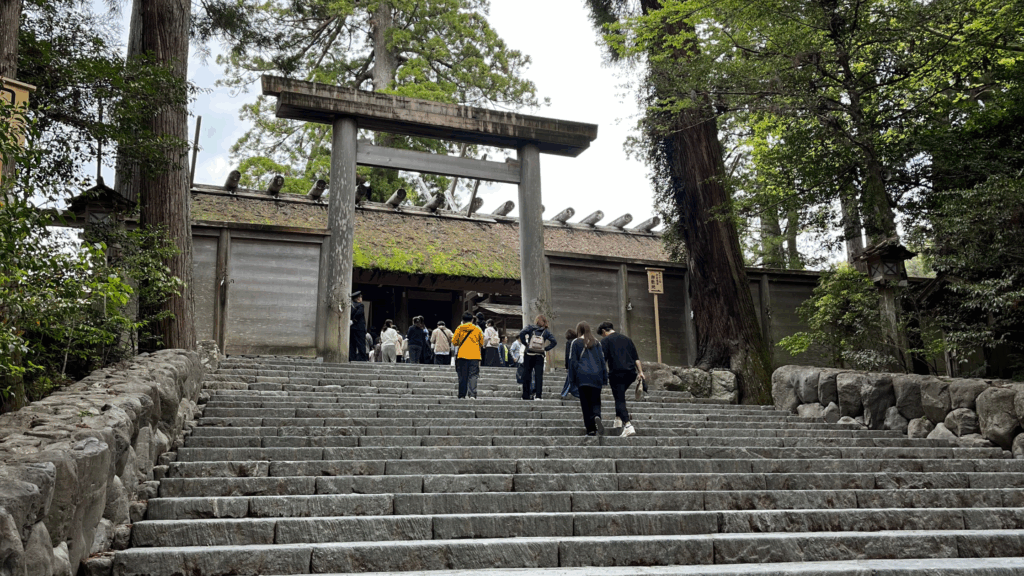
- Katori Jingu (Chiba) – A Shrine of Warriors
- Home to “Futsunushi”, the god of warriors, Katori Jingu is steeped in Japan’s nation-building history. Set within a mystical forest, it lies close to Sawara, an Edo-period town known as “Little Edo,” where time seems to stand still.
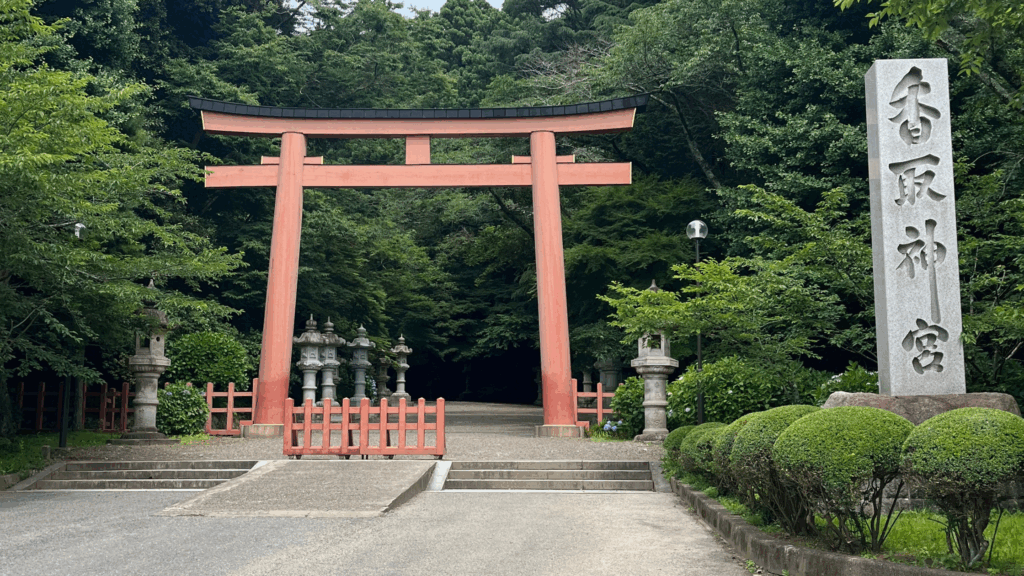
- Tsuruoka Hachimangu(Kanagawa) – A Samurai’s Sanctuary
- Located in Kamakura, the ancient capital of samurai, this shrine honors Emperor Ojin, a legendary strong power of success. Walking the grand approach leading to the shrine, surrounded by historic cityscapes, transports you back to Japan’s feudal era.
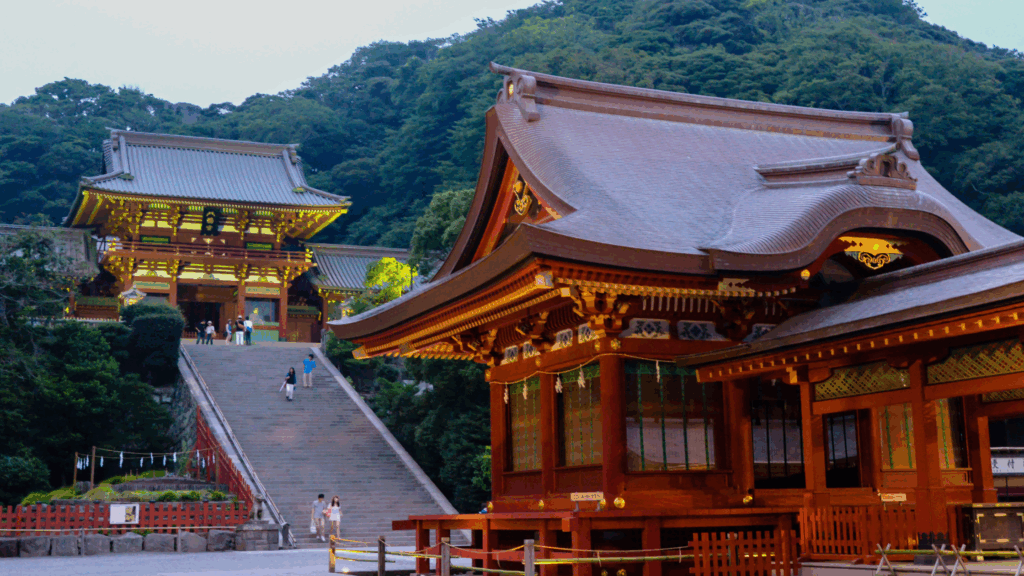
- Nikko Toshogu (Tochigi) – A Dazzling World Heritage Site
- A masterpiece of ornate carvings and gold leaf, this shrine is the resting place of Tokugawa Ieyasu, Japan’s most famous shogun. A visit here is like stepping into a storybook of samurai glory and architectural brilliance.
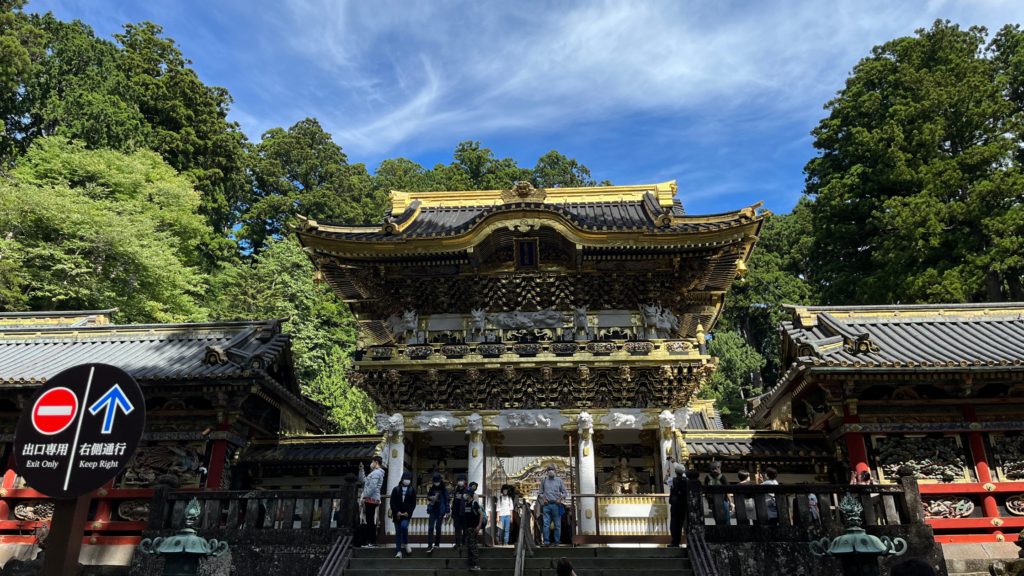
- Tsubaki Okami no Yashiro (Mie) – A Shrine of Guidance and Ancient Legends
- Surrounded by mountain whispers, this 2,000-year-old shrine honors “Sarutahiko Okami”, the god of guidance, and “Ameno Uzume”, the goddess of performance. Only those “invited” are said to reach this mystical place—are you one of them?

- Kitaguchi Hongu Fuji Sengen Shrine (Yamanashi) – Gateway to Mt. Fuji’s Spirit
- Located at the base of Mt. Fuji, this shrine honors “Konohanasakuya-hime”, the goddess of the sacred mountain. Here, towering cedar trees and a majestic torii gate stand as silent guardians for climbers embarking on their Fuji ascent.

- Kawaguchi Asama Shrine (Yamanashi) – A Shrine Above the Clouds
- Tucked into the slopes above Lake Kawaguchi, this shrine offers a sky-high torii gate where the views of Mt. Fuji feel almost divine. For a mystical experience, climb further into the mountains to discover the hidden waterfall of purification.

- Mitsumine Shrine (Saitama) – A Secret Power Spot in the Deep Mountains
- Believed to house the god of creation, this shrine is one of Kanto’s most revered power spots. As you pass through its massive torii gate, the silence of the surrounding forest wraps you in an air of mystery.
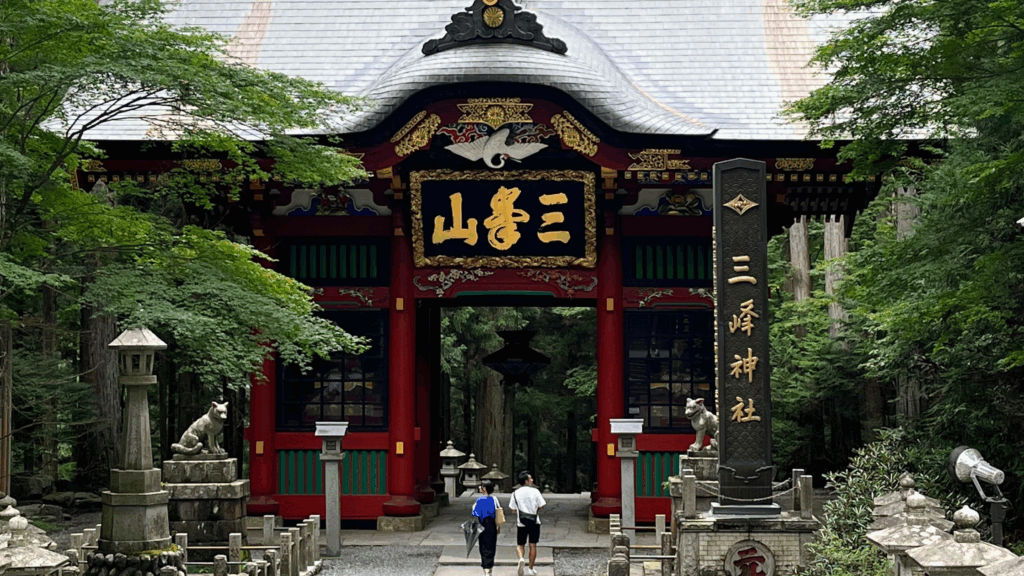
- Oarai Isosaki Shrine (Ibaraki) – The Shrine by the Waves
- Perched on the rugged Pacific coastline, this shrine’s iconic torii gate stands in the crashing waves, creating a mesmerizing sunrise spectacle. Legend says this spot marks where the gods once descended upon Japan—a breathtaking place of divine presence.
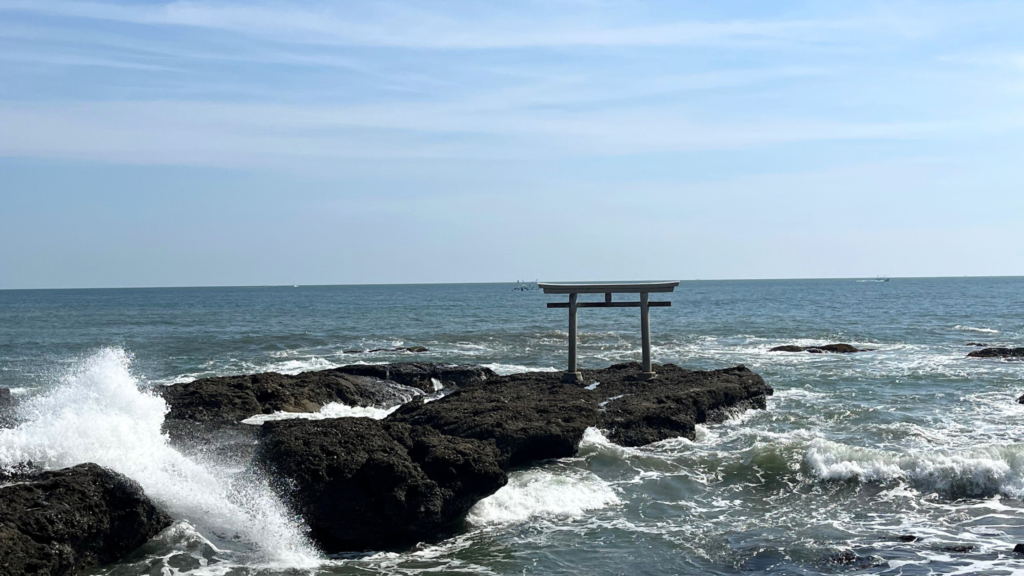
How to Show Respect—Shrine Etiquette You Should Know
A visit to a shrine is a deeply spiritual experience. Here’s how to do it properly and respectfully:
- Bow before entering through the torii gate—it marks the sacred boundary.
- Avoid walking in the center of the path—it’s reserved for the gods!
- Purify your hands and mouth at the water basin before worshipping.
- Follow the proper method for praying: Two bows, two claps, a silent prayer, and one final bow.
- Photography inside the main shrine may be prohibited—check first!
- Wear modest and clean clothing to show respect. Comfortable walking shoes are highly recommended.
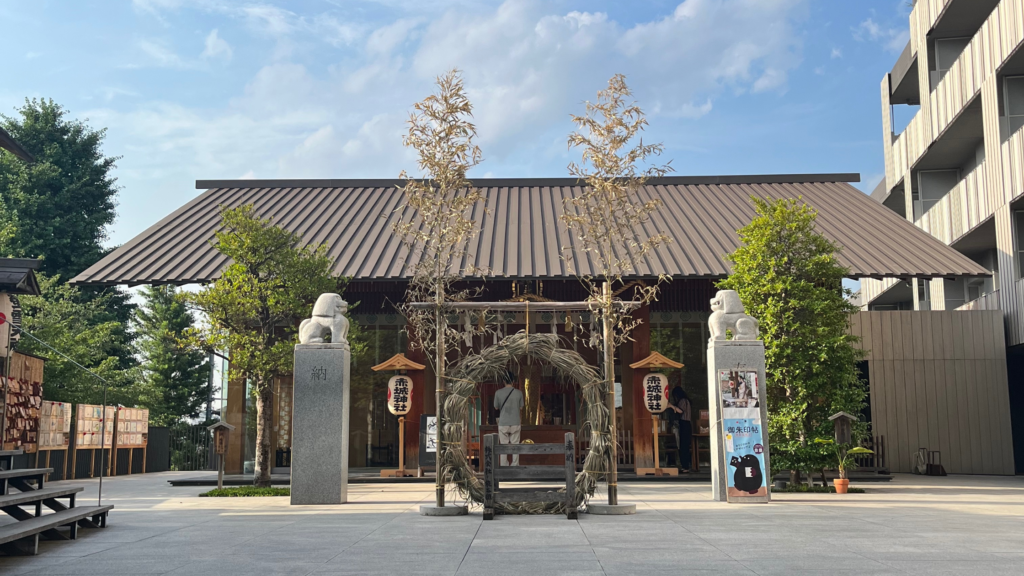
Best Time to Visit a Shrine – When to Experience the Sacred Atmosphere
Shrines in Japan are deeply connected to nature and spirituality, and the best time to visit is usually before 3 PM. This tradition stems from the belief that Shinto deities are most active in the morning and early afternoon, before retreating to rest in the evening.
Additionally, many shrines are nestled in forests or mountainous areas, meaning that paths can become dark and difficult to navigate as the sun sets. To ensure a safe and fulfilling visit, it’s recommended to arrive early in the day, when the surroundings are bathed in natural light and the spiritual energy is at its peak. If you’re looking for a peaceful and immersive experience, consider visiting a shrine at sunrise, when the air is crisp and the sacred atmosphere feels especially serene.

Seeking Guidance? What to Pray for at Shrines
Each shrine has a different significance!
- At Meiji Jingu or Ise Jingu, prayers for national prosperity are appropriate.
- At shrines like Kitaguchi Hongu Fuji Sengen Shrine, worshippers pray for safe travels and protection.
- Many visit Tenmangu Shrines to pray for academic success!
Beyond the Crowds—Find Your Hidden Shrine Retreat
Japan’s famous shrines can get quite busy, especially during festivals. But if you seek a quiet moment of meditation, there are countless lesser-known shrines with tranquil beauty waiting to be discovered.
Want to experience the spiritual essence of Japan without the crowds? Venture off the beaten path, and you might find a hidden sanctuary that truly speaks to your soul. Which shrine will be your first stop?
Mahalo Nuiloa Local Guide will coordinate a private tour according to your request. Would you like to make a trip that suits you? Please contact us from here.

